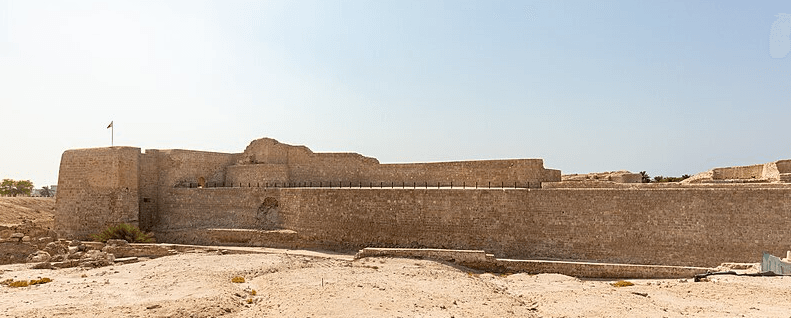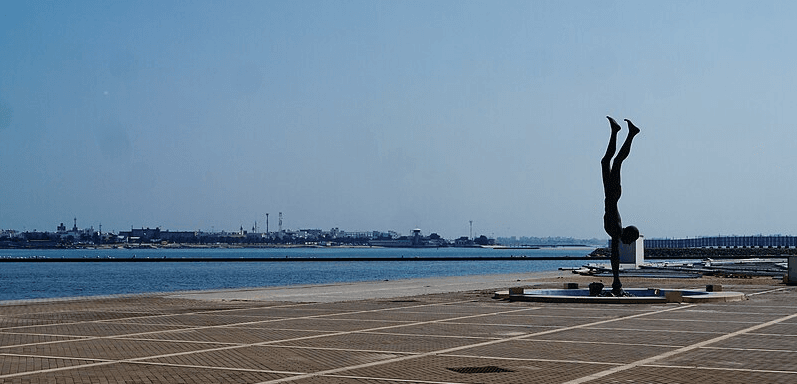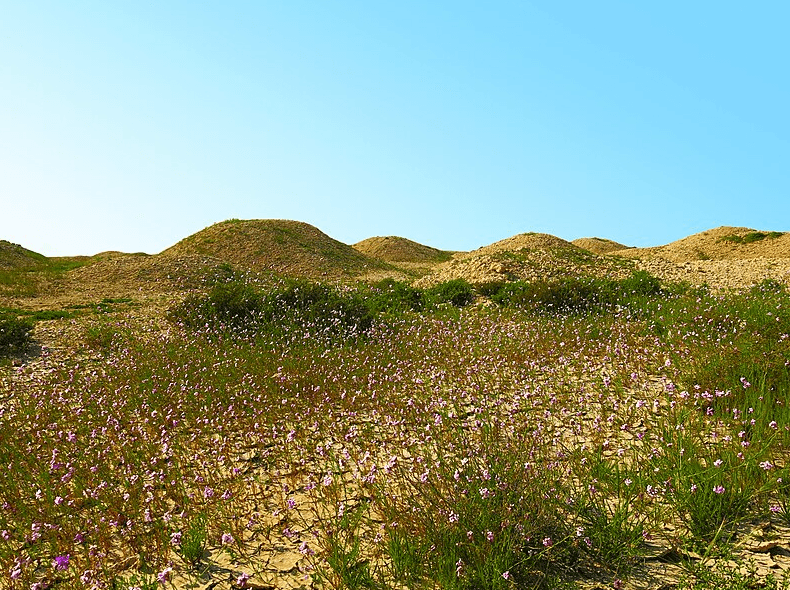Bahrain holds a deep history shaped by trade, culture, and ancient traditions. Long before skyscrapers and modern cities, this island was home to one of the oldest civilizations in the region. The World Heritage Sites in Bahrain reflect this past, from archaeological ruins to pearl diving settlements that shaped its economy.
Qal’at al-Bahrain

Standing on the northern coast, Qal’at al-Bahrain tells the story of the Dilmun civilization, which thrived over 4,000 years ago. This ancient city once served as a key trade center, connecting Mesopotamia, the Indus Valley, and beyond. Archaeologists have uncovered layers of history here, with remains of temples, residential areas, and fortifications built by different civilizations. The site also features a Portuguese fort from the 16th century, showing how Bahrain continued to be a strategic location through the centuries.
Pearling, Testimony of an Island Economy

Before the discovery of oil, Bahrain’s economy relied on pearling. The tradition of diving for pearls shaped the livelihoods of many Bahrainis, connecting them to the sea. The Pearling, Testimony of an Island Economy heritage site highlights this history, covering three oyster beds, a coastal fort, and a collection of buildings in Muharraq.
Pearl divers spent months at sea, using traditional techniques to gather oysters. The trade brought wealth to the region, making Bahrain a center for high-quality pearls that were exported across the world. The old merchant houses in Muharraq reflect the success of this industry, with detailed wooden doors and wind towers that provided ventilation in the heat.
Dilmun Burial Mounds

Scattered across Bahrain’s desert, the Dilmun Burial Mounds date back over 4,000 years. These mounds serve as burial sites for the Dilmun civilization, which once ruled the island. The sheer number of tombs, over 21 archaeological sites, makes this one of the largest prehistoric cemeteries in the world.
Each mound varies in size, reflecting the status of the individuals buried within. Some contain multiple chambers, while others hold valuable artifacts such as pottery, jewelry, and tools. These discoveries provide insight into the beliefs and social structures of the ancient Dilmun people.
Want to dive into more ancient wonders? Click here and explore UNESCO sites across the globe!

Leave a Reply